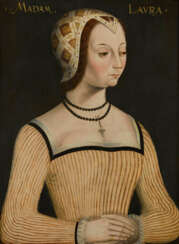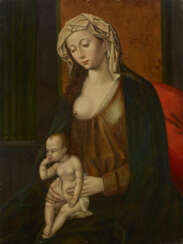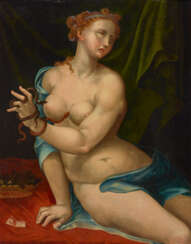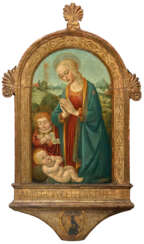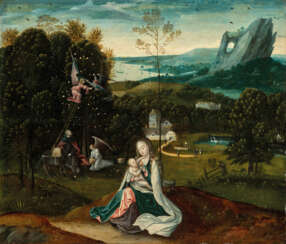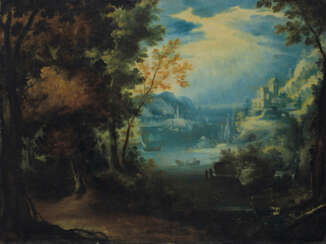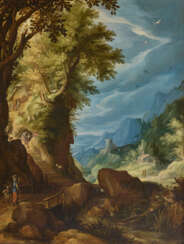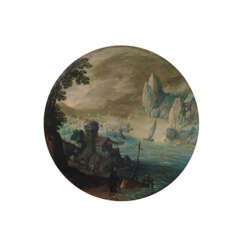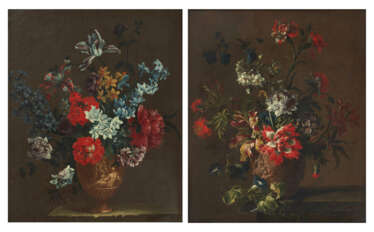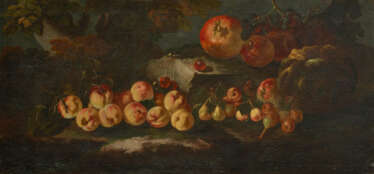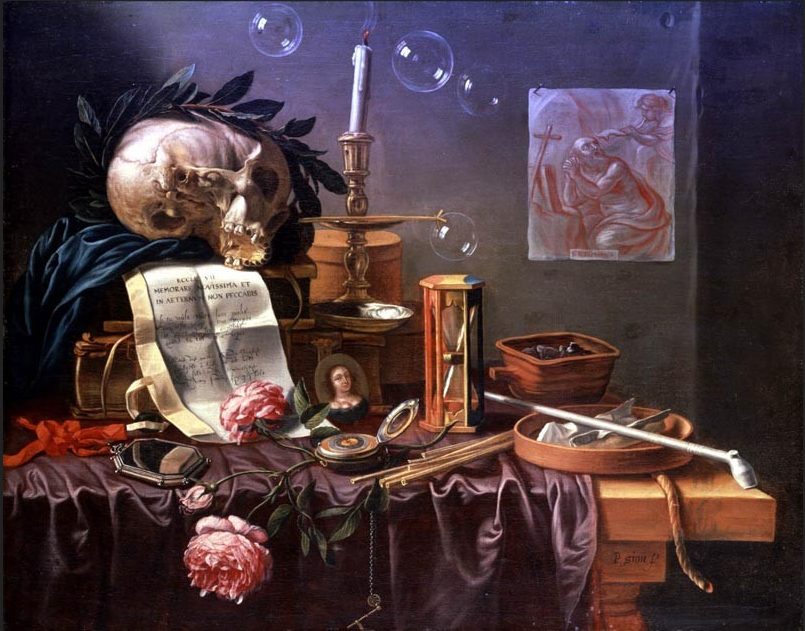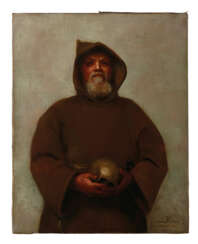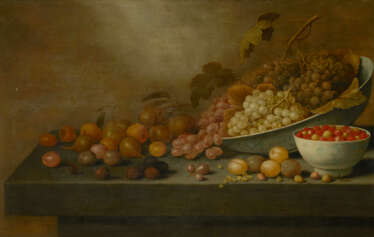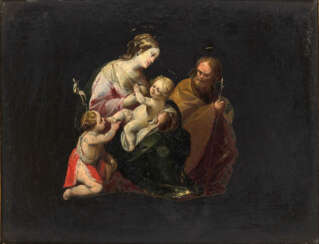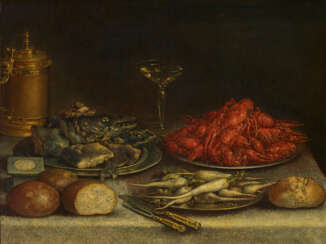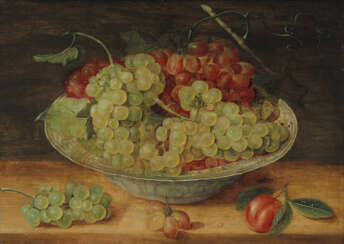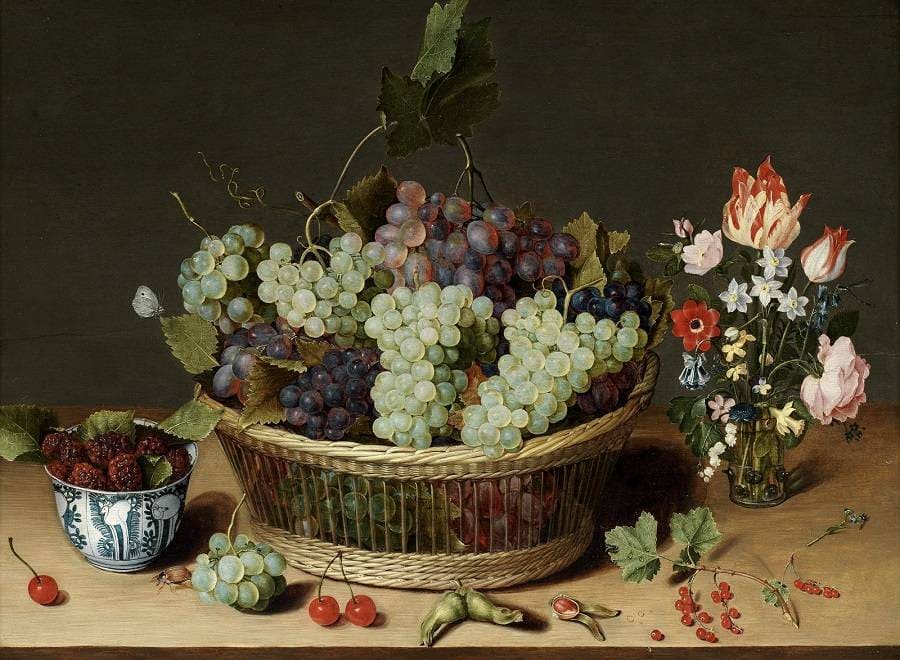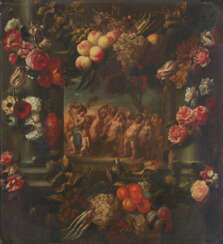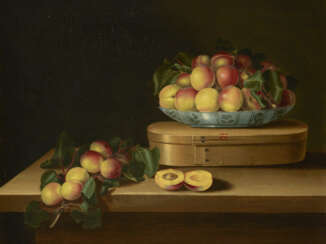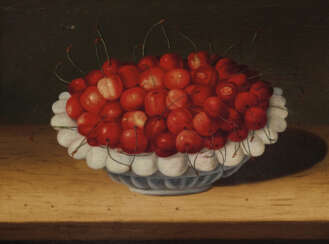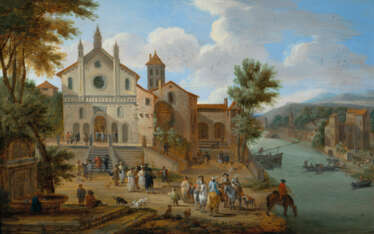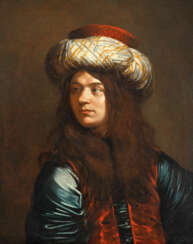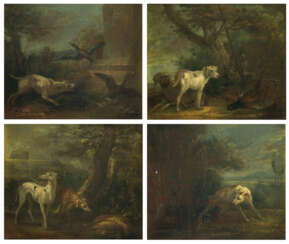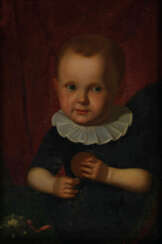
Paintings — Maîtres Anciens - Peintures, Sculptures, Dessins
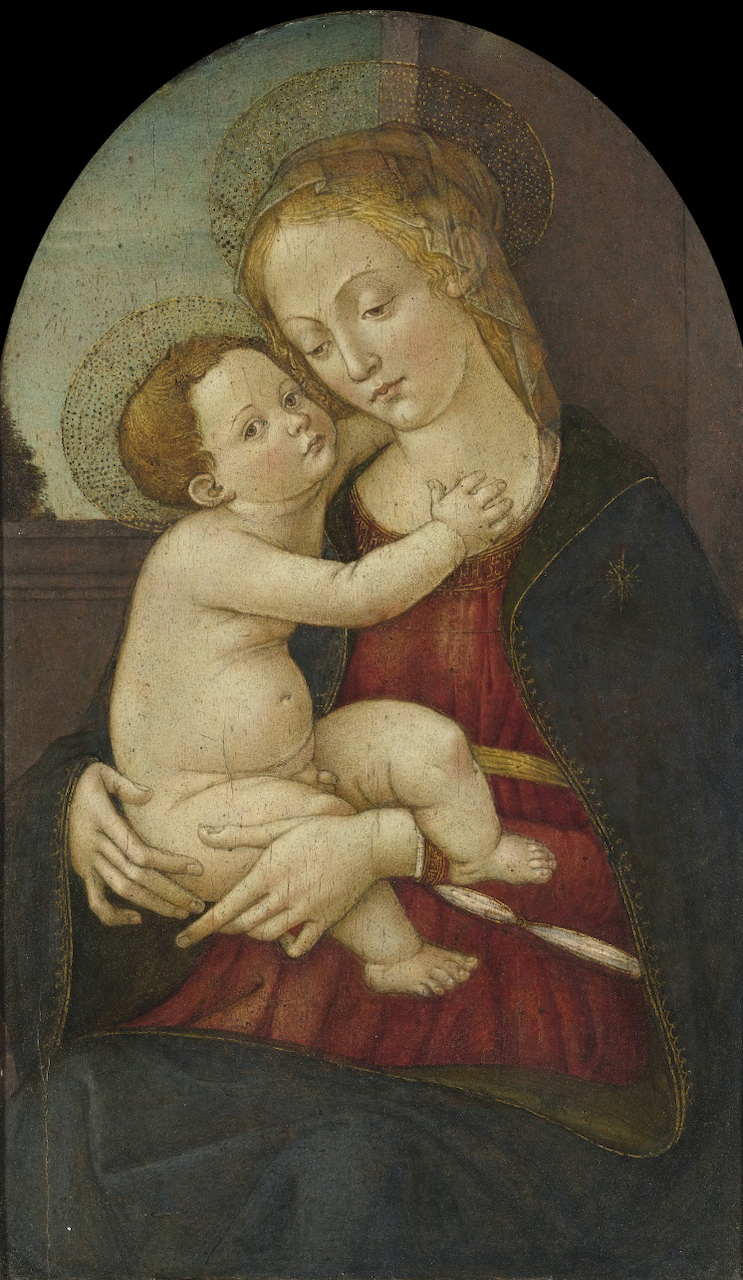
Master of the Epiphany of Fiesole or Master of the Fiesole Epiphany (English: Master of the Fiesole Epiphany) was an Italian painter active in Florence in the mid-15th century. The artist, whose name is not known, was given his notational name after the large-scale depiction of the Epiphany he created for the church of San Francesco in Fiesole in the province of Florence.
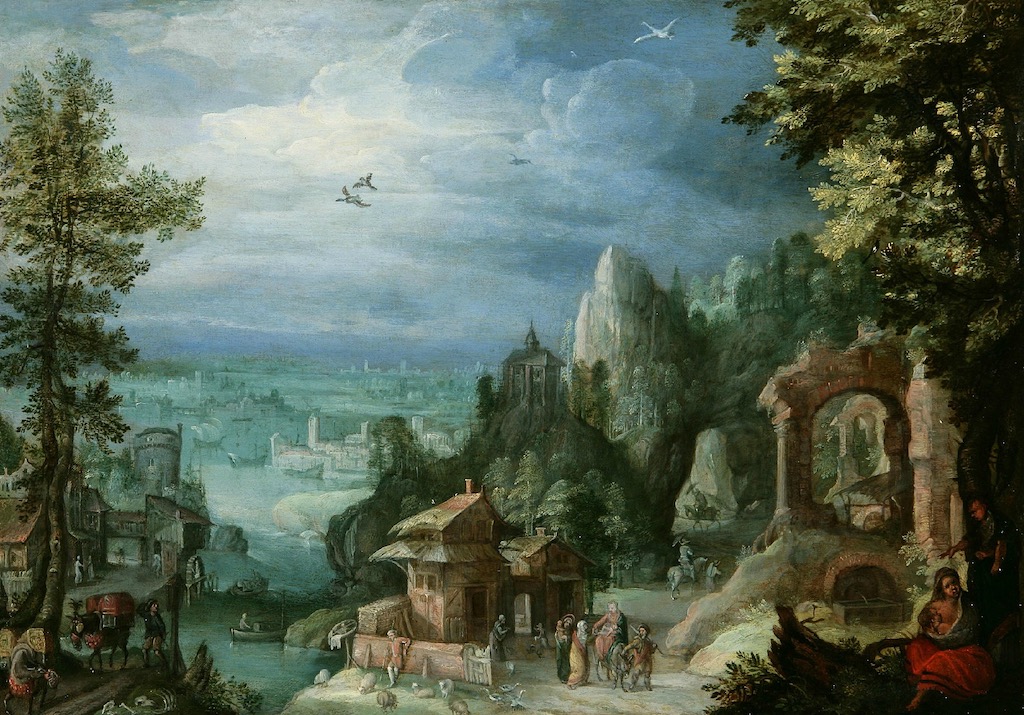
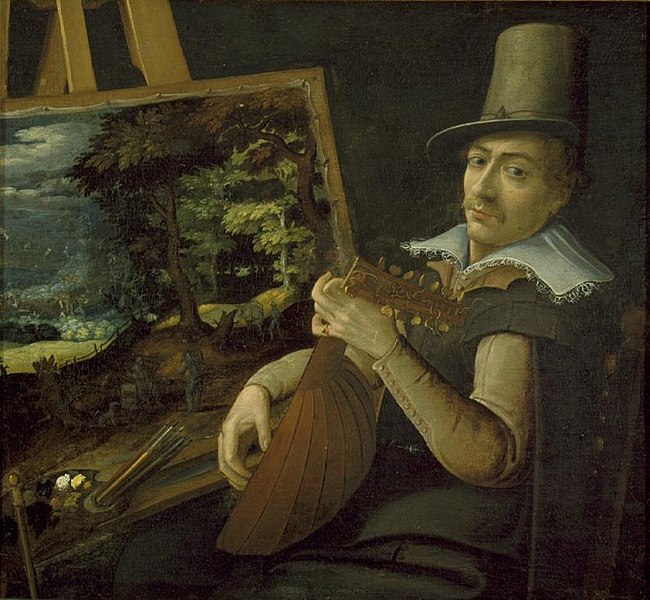
Paul Bril was a prominent Flemish painter, best known for his significant contributions to landscape painting. Born around 1554 in Antwerp, he later moved to Rome, where he became a central figure in the art scene, influencing the Italian and Northern European landscape painting traditions.
Paul Bril's early works were steeped in the Flemish manner, exhibiting a picturesque arrangement of landscape elements with dramatic contrasts of light and dark. His style evolved during his stay in Rome, influenced by the work of Annibale Carracci and Adam Elsheimer. By around 1605, Bril's compositions became more serene and classical, showcasing calmer transitions from foreground to background and embracing pastoral and mythological themes.
Paul Bril's contributions extended beyond his paintings. He was a respected figure in Rome's art community, becoming the first foreign director of the Accademia di San Luca in 1621. His patrons included some of the most influential families in Rome, and his work was sought after by collectors and fellow artists. Bril's influence was profound, impacting future generations of artists, including the Dutch Italianates and genre painters active in Rome.
His works can be found in prestigious galleries worldwide, illustrating his enduring legacy in the art world. For collectors and art and antiques experts, Paul Bril's work represents a significant period in the evolution of landscape painting, blending Flemish traditions with Italian classicism.
For those interested in exploring the captivating landscapes and historical significance of Paul Bril's art, staying informed about new product sales and auction events is essential. Signing up for updates can provide valuable insights and opportunities to acquire pieces associated with this influential artist.
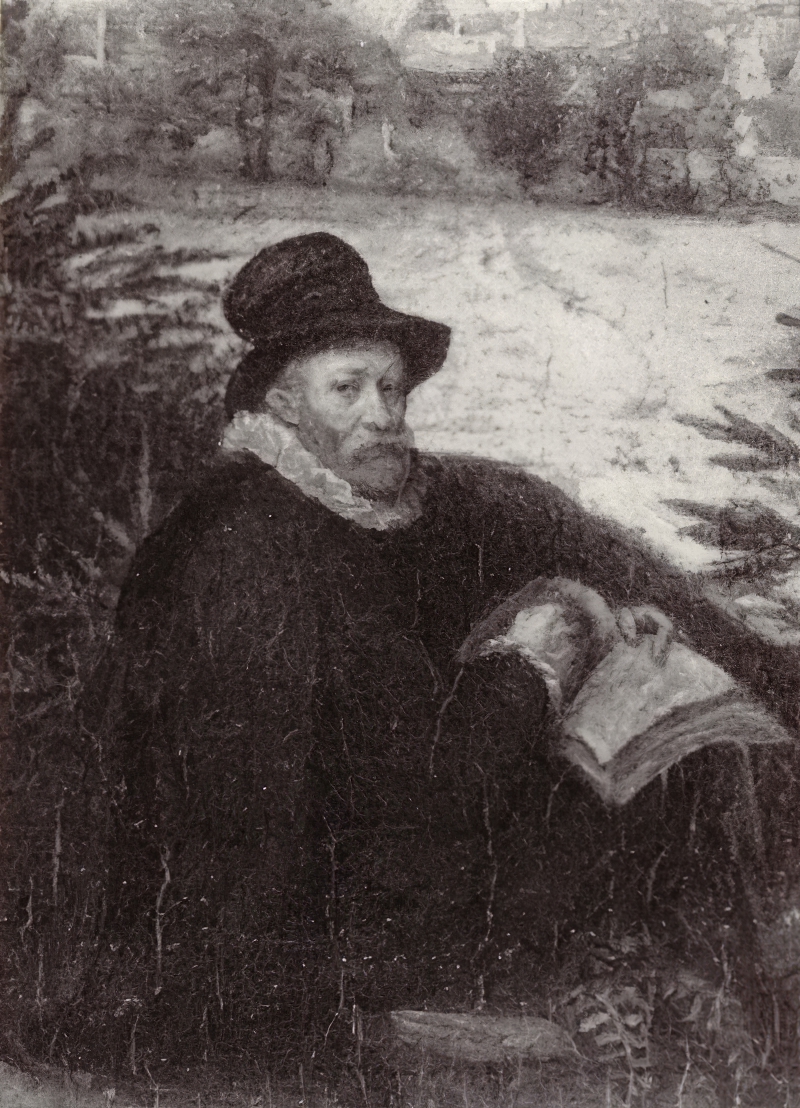
Lucas van Valckenborch was a Flemish painter, mainly known for his landscapes. He also made contributions to portrait painting, and allegorical and market scenes. Court painter to Archduke Matthias, the governor of the Spanish Netherlands in Brussels, he later migrated to Austria and then Germany where he joined members of his extended family of artists who had moved there for religious reasons.
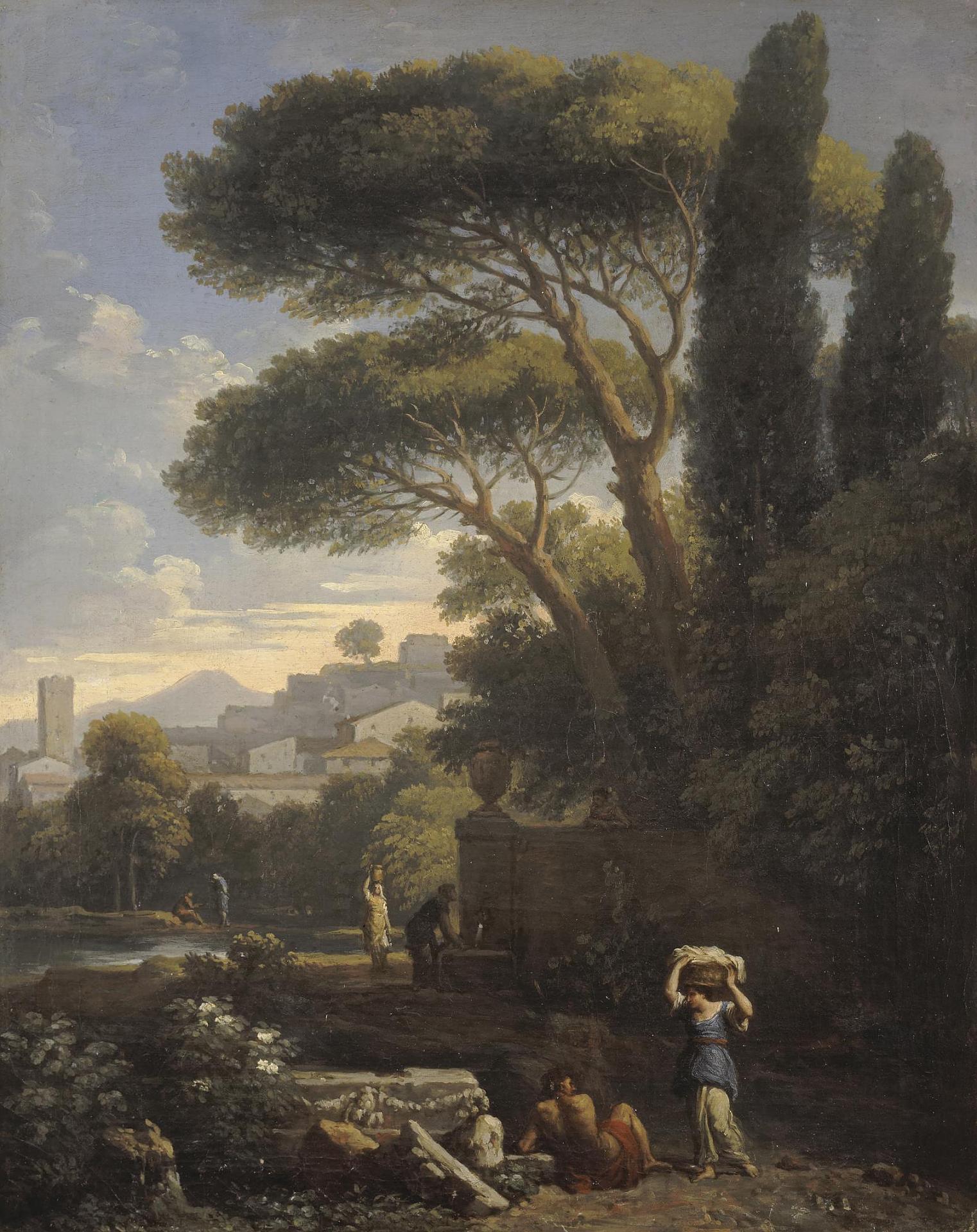
Jan Frans van Bloemen was a Flemish landscape painter mainly active in Rome. Here he was able to establish himself as the leading painter of views (vedute) of the Roman countryside depicted in the aesthetic of the classical landscape tradition.
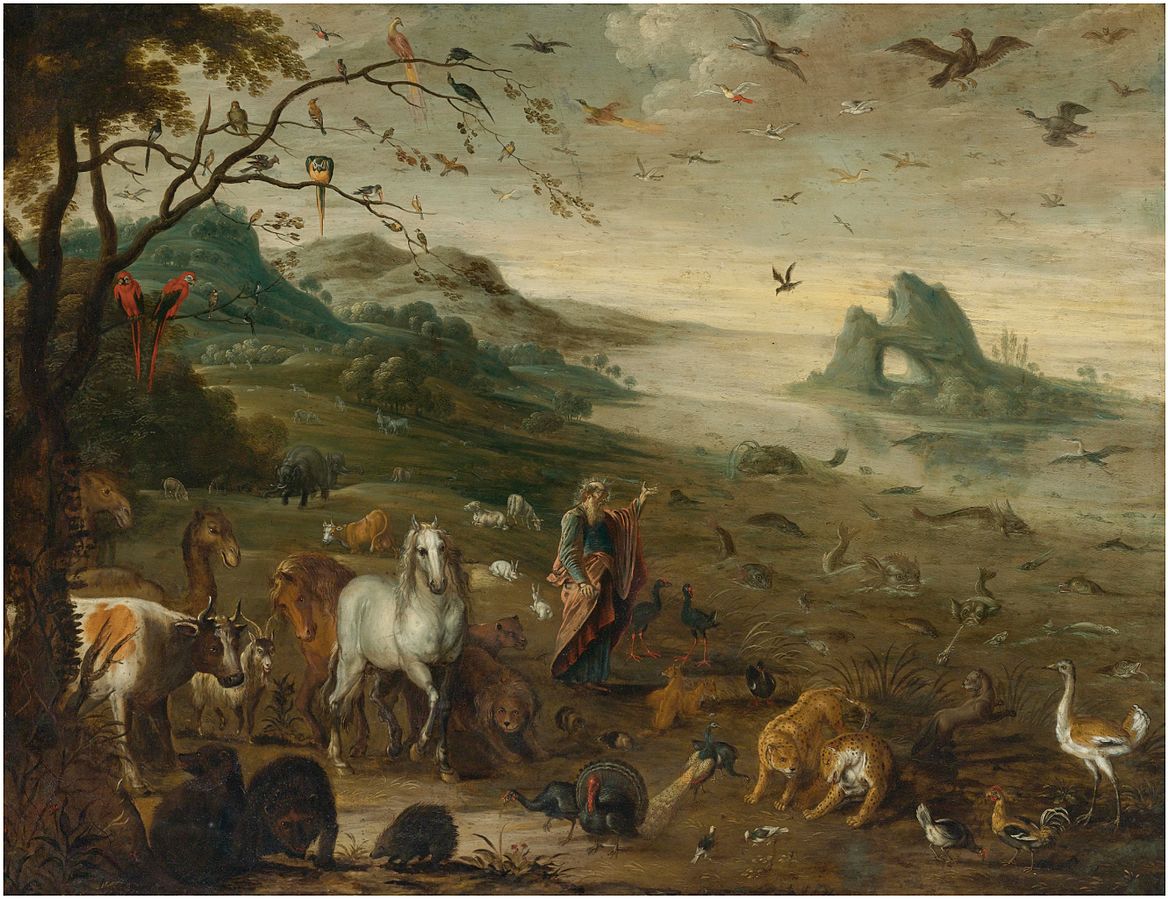
Izaak (Isaac) van Oosten was a Flemish Baroque landscape and cabinet painter active in Antwerp.
His landscapes are simple with open spaces and mostly hilly landscapes typically filled with a pond or road and several clusters of trees. There is an overall sense of gentleness and calm in these compositions. An even, gentle light spreads over the entire painting and the trees are untouched by the wind. A number of his landscapes have a Mediterranean flavour.
Works by van Oosten can be found in the collections of the Uffizi, the Museo del Prado, the Hermitage Museum, the Musée des Beaux-Arts d'Orléans, the Museum of Fine Arts of Rennes, the Toledo Museum of Art and other museums.

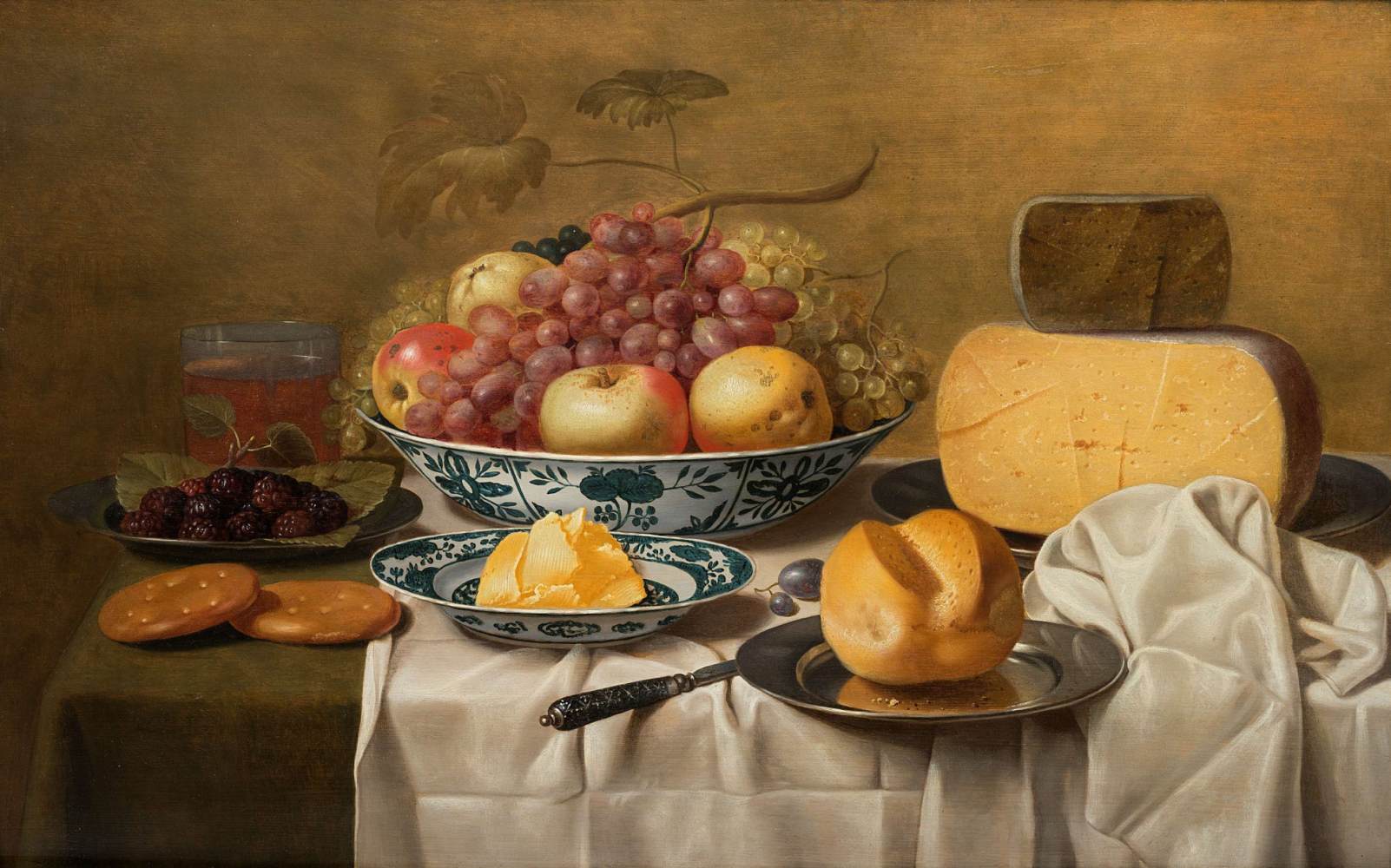
Floris Gerritsz van Schooten or Floris van Schooten was a Dutch painter who practised in a broad range of still life genres including breakfast pieces, fruit pieces, market scenes and large kitchen pieces.
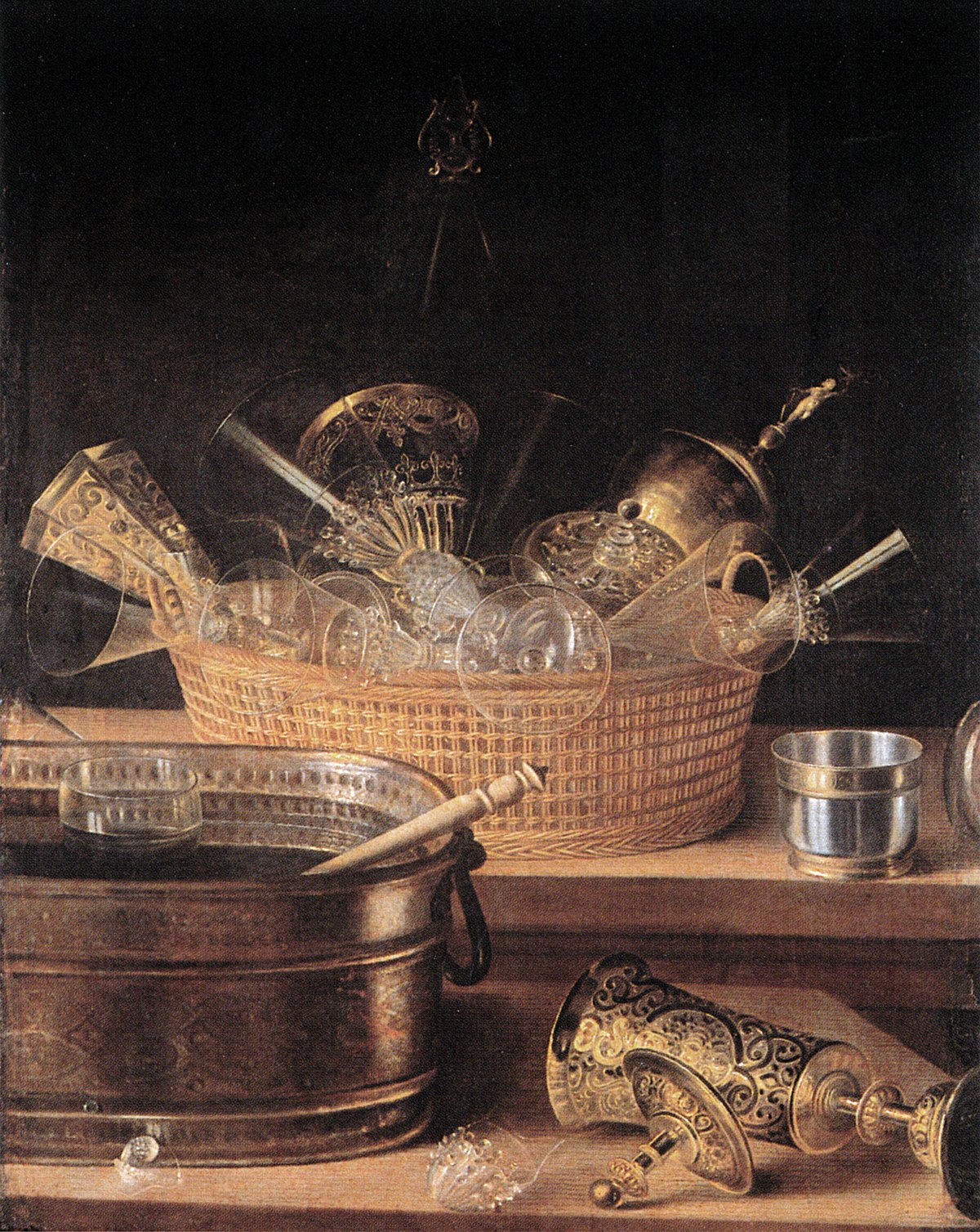
Sebastian Stoskopff was an Alsatian painter. He is considered one of the most important German still life painters of his time. His works, which were rediscovered after 1930, portray goblets, cups and especially glasses. The reduction to a few objects, which is characteristic of early still life painting, can again be recognized in Stoskopff's painting. His chief works hang in his hometown of Strasbourg, but some of the world's most important art museums (the MET, the Louvre, the KHM, the Gemäldegalerie) own paintings by Stoskopff as well.
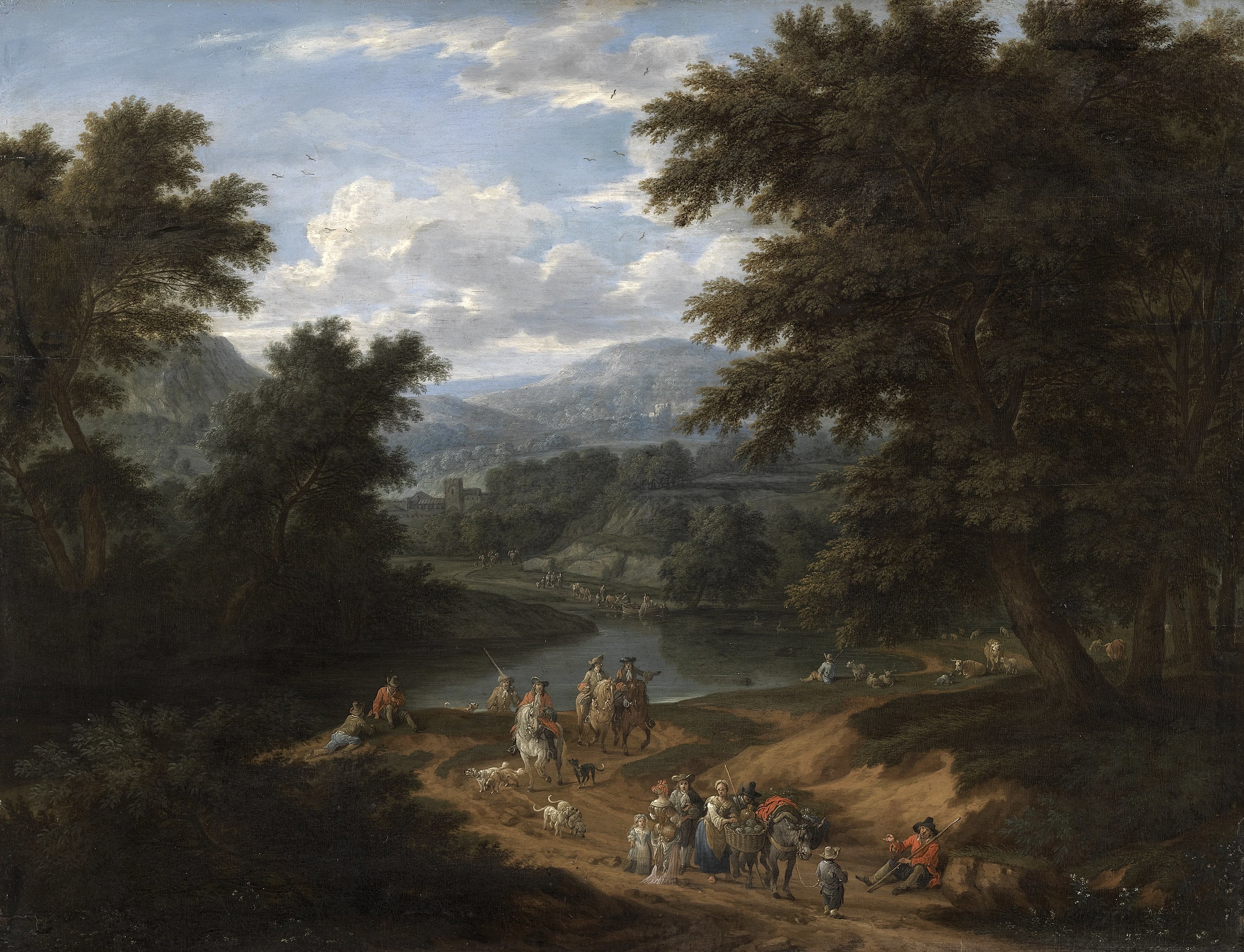
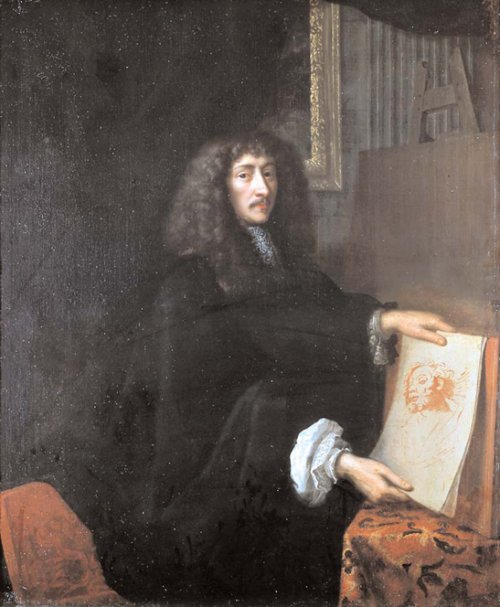
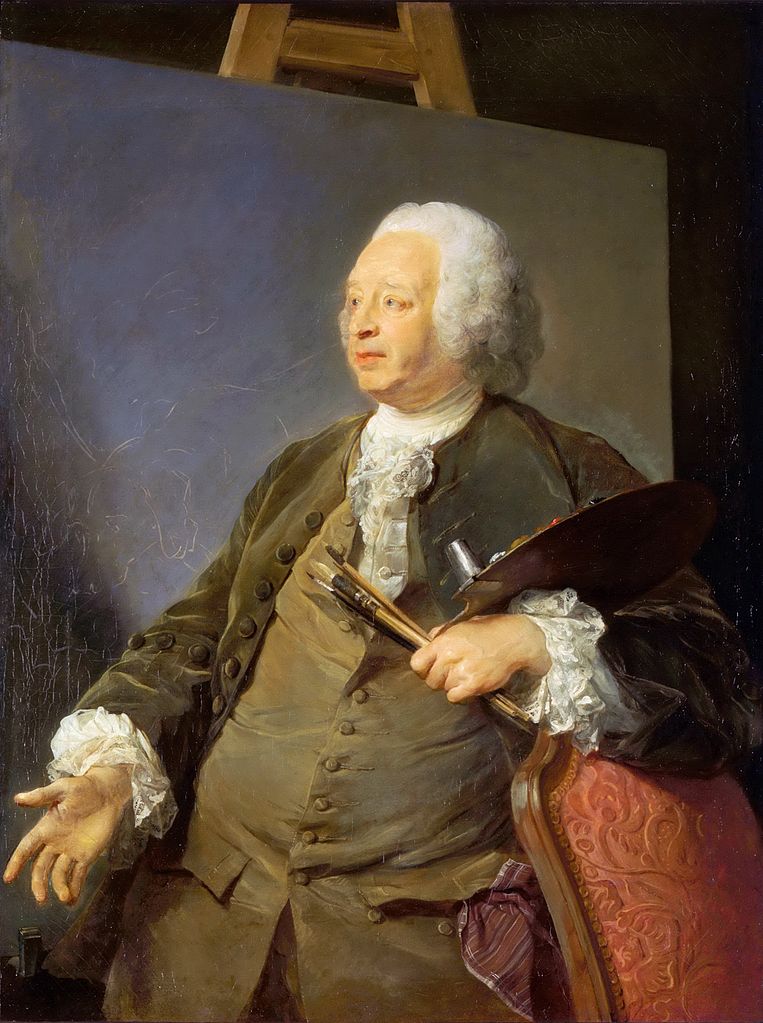
Jean-Baptiste Oudry was a French Rococo painter, engraver, and tapestry designer. He is particularly well known for his naturalistic pictures of animals and his hunt pieces depicting game. His son, Jacques-Charles Oudry, was also a painter.
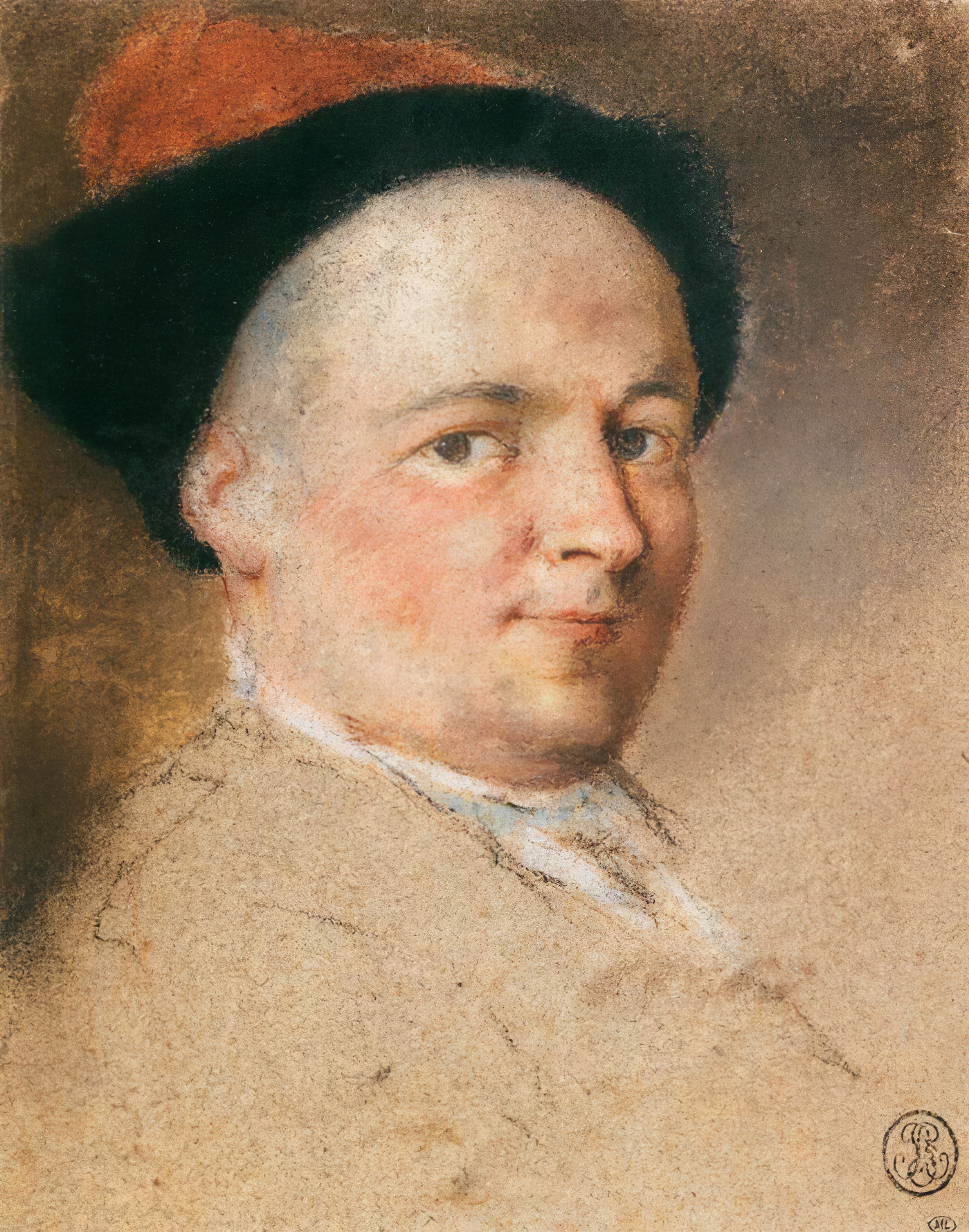
Nicolas Vleughels was a French painter. In his role as director of the French Academy in Rome, which he held from 1724 until his death, he played a pivotal figure in the interchange between French and Italian art and artists in the first third of the 18th century.
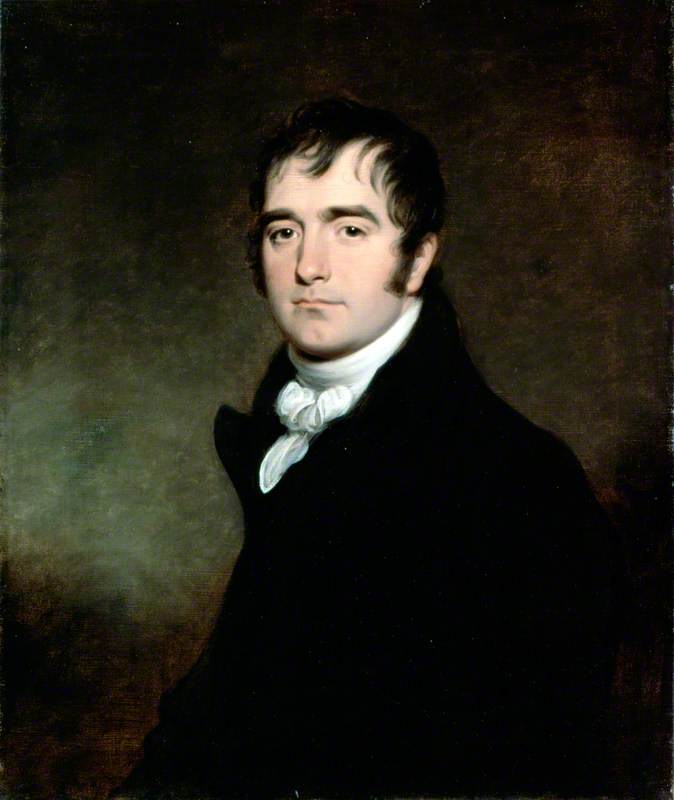
Archer James Oliver was a British painter, principally active as a portraitist.
He exhibited 210 paintings at the Royal Academy between 1791 and 1841, and 62 at the British Institution. In the latter part of his career he showed still lifes of fruit, nuts and dead game, and some biblical scenes, in addition to the portraits which had previously predominated.
His portraits were often engraved.
